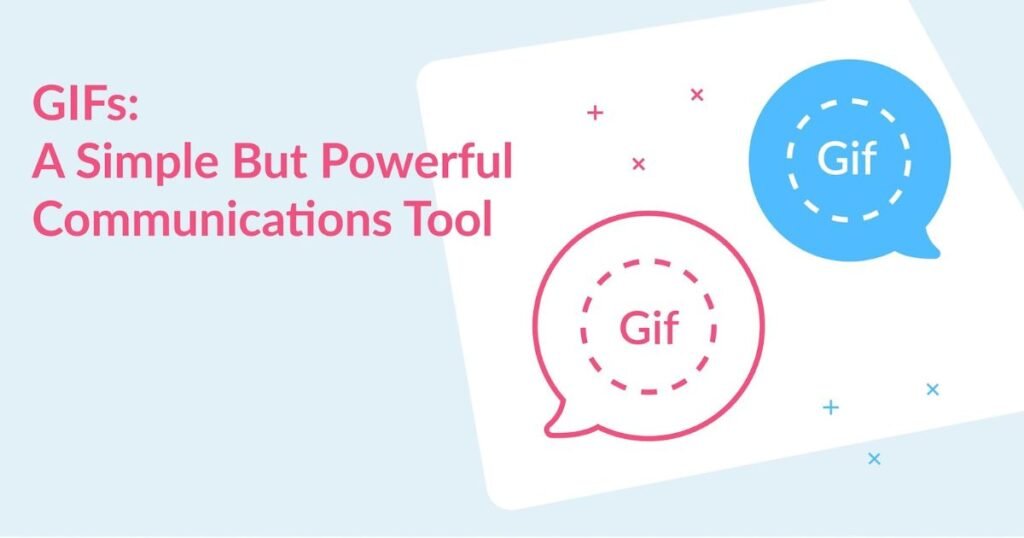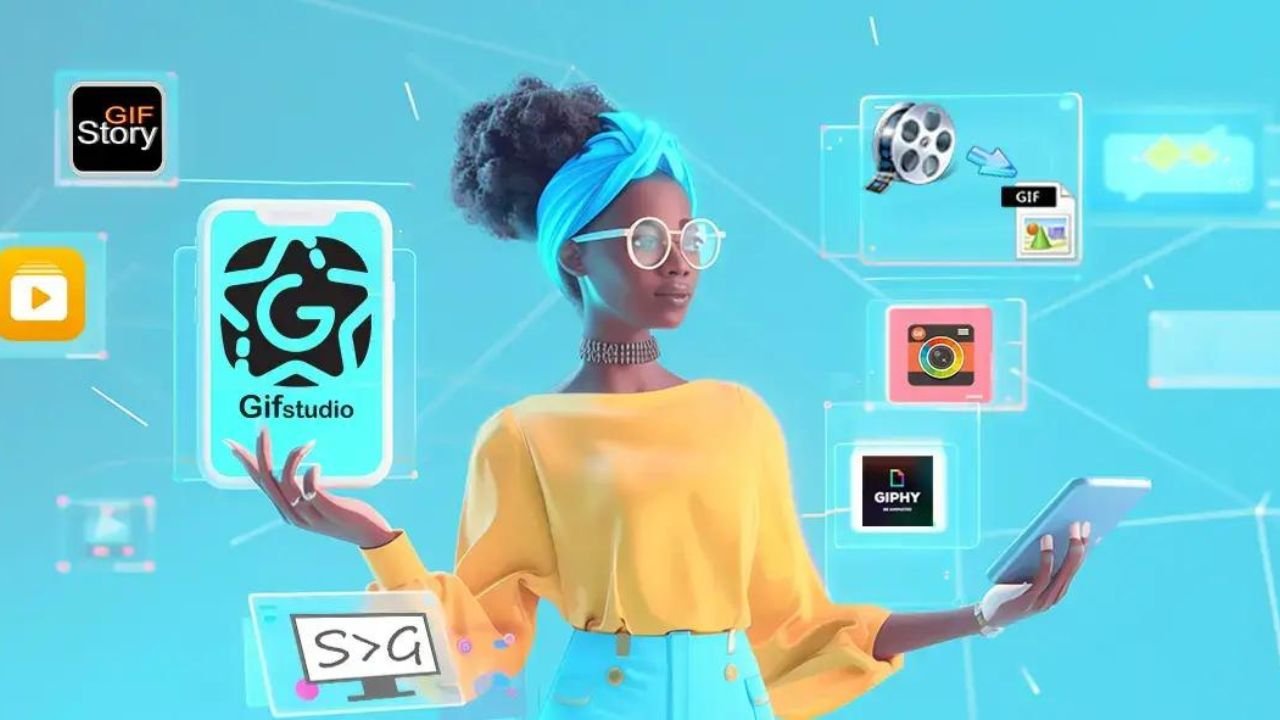GIFs, short for Graphics Interchange Format, are a bitmap image format widely used for their ability to support both animated and static images. Developed in 1987 by CompuServe, GIFs have become a ubiquitous part of the internet, celebrated for their ability to convey messages, emotions, and humor in a compact and easily shareable format.
Importance and Relevance
In today’s digital landscape, are more relevant than ever. They are used extensively on social media platforms, in messaging apps, and across various digital marketing campaigns. Their ability to quickly convey emotions, reactions, and concise pieces of information makes them a powerful tool in the age of fast-paced digital communication.
Technical Specifications
- File Format Details
A GIF file is composed of a header, a logical screen descriptor, one or more image descriptors, a global color table, and a series of graphic control extensions that enable animation. The file format supports up to 8 bits per pixel for each image, allowing a single image to reference its own palette of up to 256 different colors chosen from the 24-bit RGB color space.
- Compression Techniques
GIFs use the Lempel-Ziv-Welch (LZW) lossless data compression technique, which reduces the file size without compromising image quality. This method is particularly effective for images with large areas of uniform color.
- Color Limitations and Palette
One of the primary limitations of GIFs is their restricted color palette. Each frame in a GIF can only utilize 256 colors, which can lead to banding and loss of detail in images with more complex color gradients. However, this limitation also contributes to their small file sizes, which is advantageous for quick loading times.
How GIFs Work
The Mechanism of GIF Animation
GIF animations are created by sequencing multiple frames in a specific order. Each frame is displayed for a specified duration before moving to the next, creating the illusion of movement. The animation can loop indefinitely or for a set number of cycles.
Frame Rate and Looping
The frame rate, typically measured in frames per second (fps), determines the smoothness of the animation. Common frame rates for GIFs range from 10 to 15 fps. Looping settings are defined in the GIF’s header, allowing for continuous playback, which is particularly effective for reaction and memes.
Optimization Techniques
Optimizing GIFs involves reducing their file size while maintaining visual quality. Techniques include reducing the number of colors, compressing individual frames, and removing redundant pixels through methods such as delta encoding, where only changes between frames are stored.
Types of GIFs
- Animated vs. Static GIFs- Animated GIFs contain multiple frames and create motion, while static GIFs consist of a single frame. Animated GIFs are more commonly used for reactions and short clips, whereas static GIFs are often used for simple icons or images.
- Reaction GIFs- Reaction GIFs are short, looping animations that capture a specific emotional response or reaction. They are widely used on social media and messaging platforms to convey feelings more expressively than text alone.
- Cinemagraphs- Cinemagraphs are a hybrid between photographs and GIFs, where minor, repeated movements occur within an otherwise static image. They create a mesmerizing effect and are often used in advertising and artistic expressions.
- Sticker GIFs- Sticker GIFs are transparent, looping animations that can be overlaid on other content. They are popular in messaging apps and social media platforms like Instagram and Snapchat for adding playful elements to photos and videos.
Step-by-Step Guide to Making a GIFs

- Choose Your Source: Select a video clip or a series of images.
- Import to Software: Load the video or images into your chosen GIF creation tool.
- Edit Frames: Trim the clip, arrange frames, and adjust timing.
- Apply Effects: Add text, filters, and other effects.
- Optimize: Reduce file size through color reduction and compression.
- Export: Save your GIF in the desired resolution and format.
Applications of GIFs
Social Media Usage
GIFs are prevalent on social media platforms like Twitter, Facebook, and Instagram, where they enhance posts by adding humor, emotion, and emphasis. They are particularly effective in engaging audiences and increasing post visibility.
Marketing and Advertising
In marketing, GIFs are used to grab attention and convey messages quickly. They are employed in email campaigns, online ads, and social media promotions to enhance visual appeal and improve click-through rates.
Communication and Messaging
GIFs have become a staple in digital communication, allowing users to express emotions and reactions more vividly than text alone. Platforms like WhatsApp, Messenger, and Slack have integrated GIF libraries for easy access.
Education and Tutorials
Educators and content creators use to demonstrate processes and instructions clearly and concisely. Animated can illustrate step-by-step procedures and complex concepts in a visually engaging way.
Benefits of Using GIFs
Enhancing Communication
GIFs bridge the gap between text and video, providing a dynamic way to convey messages. They add an extra layer of expression, making digital communication more engaging and relatable.
Increasing Engagement
Content with tends to attract more attention and generate higher engagement rates. Their eye-catching nature and the ability to convey emotions quickly make them ideal for capturing audience interest.
Simplifying Complex Ideas
GIFs can break down complex ideas into digestible, visual snippets. This makes them particularly useful in educational content, where visual aids can significantly enhance understanding.
Adding Humor and Emotion
Humor and emotion are powerful tools in content creation, and excel in both areas. They can inject personality into content, making it more relatable and enjoyable for viewers.
Conclusion
GIFs have evolved from simple image formats to dynamic tools that enhance communication, marketing, and education. Their ability to convey emotion, simplify complex ideas, and engage audiences makes them invaluable in the digital age.
